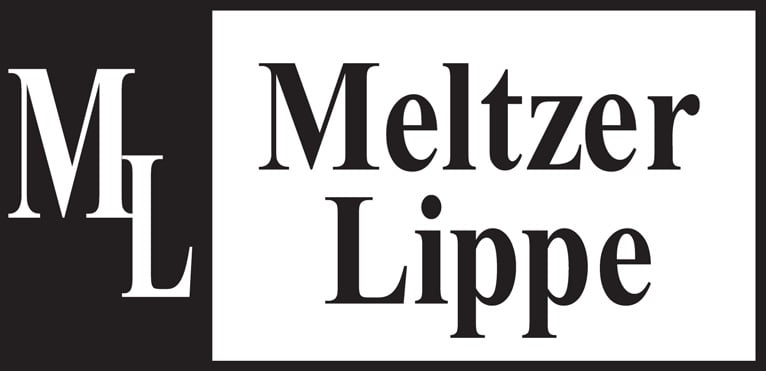A multiemployer pension plan (otherwise known as Taft-Hartley plan) is a pension plan created by a collective bargaining agreement between a labor organization (union) and either an employer and/or a multi-employer organization to which multiple employers contribute and of which their employees are beneficiaries. The plans are governed by the Employee Retirement Income Security Act of 1974. Employers who leave or cease to contribute to a plan may become subject to an assessment known as “Withdrawal Liability.” Withdrawal Liability is the employer’s payment for its share of unfunded liability of the Taft-Hartley plan from which the employer has withdrawn. Withdrawal Liability is determined in accordance with the plan and the federal rules.
The amount of the Withdrawal Liability is a function of the plan’s status as being one of “Critical,” “Critical and Declining” or “Endangered”. Today, there are over 121 Taft-Hartley plans, affecting millions of employees, that are in “critical and declining” status i.e. the plan does not have enough funds to pay more than 65% of its obligations and is projected to become insolvent within 15 years (or in some situations, 20 years). Plans in “Critical Status” must implement a Rehabilitation Plan which will allegedly enable the plan to emerge from Critical Status. Employers who cease participating in a Taft-Hartley plan in either “Critical” or “Critical and Declining Status” can be liable for significant payments to the Taft-Hartley plan.
After withdrawing from a plan, employers are notified of the plan’s unfunded status from annual notices (WRERA Status Notices) sent by pension plans to contributing employers, as required by the Worker, Retiree and Employee Recovery Act of 2008. Employers also receive what is known as a withdrawal liability Notice of Assessment advising the withdrawn employer of the assessed withdrawal liability and a proposed payment schedule to the fund. If an employer does not respond to this Notice of Assessment within ninety (90) day, the employer, in almost all instances, will have waived any rights to contest the withdrawal liability assessment. Due to its brevity, employers often ignore the Notice of Assessment and thus waive all defenses the employer may have had to the assessed withdrawal liability which becomes a debt that is due and owing. Upon receipt of a Notice of Assessment, employers should contact experienced counsel to discuss the proper, timely filing of the Notice of Assessment and other time deadlines to follow in order to properly contest a withdrawal liability assessment.
Even graver consequences befall employers who intentionally ignore a Notice of Assessment based on the mistaken belief that because the withdrawing employer has no assets and is “judgment proof”, there is nothing at risk to the employer. Not so! Employers who adopt this course of action may be members of a controlled group. In accordance with well-established law assets in the controlled group can be used to satisfy the assessment of withdrawal liability, even if the assets were kept completely separate, were in different industries, and did not have identical ownership.
Broadly speaking, a controlled group of trades or businesses under common control is a chain or chains of organizations that reflect a relationship as defined Under Treas. Reg. §1.414(c)-2(b)(1). Further, pursuant to section 29 U.S.C. 1301(b)(1), “[a]ll ‘trades or businesses’ under ‘common control’ are treated as a single employer for the purpose of collecting withdrawal liability, and each is jointly and severally liable for the withdrawal liability of another. Two or more businesses are “under common control” (and thus, are treated as a single employer) if they satisfy the requirements under Section 414(c) of the Internal Revenue Code.
Finally, in addition to the foregoing tests a group of trades or businesses are “under common control” if they are either: (i) a “parent-subsidiary group of trades or businesses under common control”; (ii) a “brother-sister group of trades or businesses under common control”; or (iii) a “combined group of trades or businesses under common control.
Courts have “uniformly” held that when a member of a controlled group leases its property “to a withdrawing employer,” that act is sufficient to make the rental property subject to the withdrawing employer’s liability
By law employers are permitted to ask for a withdrawal liability estimate from the pension plan from which they contribute. Employers should do so, prior to withdrawing from a Taft-Hartley plan and should ascertain if the plan is unfunded, and if so, the employer’s estimated withdrawal liability. Employers should also determine if they are part of a “controlled group” to see what assets, if any, could be attached to satisfy the fund’s withdrawal liability assessment.
Finally, after an employer has withdrawn from a Plan, any correspondence from a pension plan administrator should be carefully reviewed and forwarded to counsel for appropriate action to avoid or mitigate liability. Failing to do so is both imprudent and costly. Skilled counsel can negotiate this liability downward.
This blog posting is for informational and educational purposes only. It is general in nature and not person or circumstance specific. This blog posting is not intended nor should it be construed as rendering independent investment, legal or tax advice. It may but does not necessarily constitute attorney advertising.
